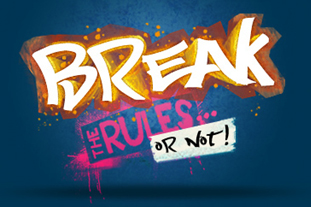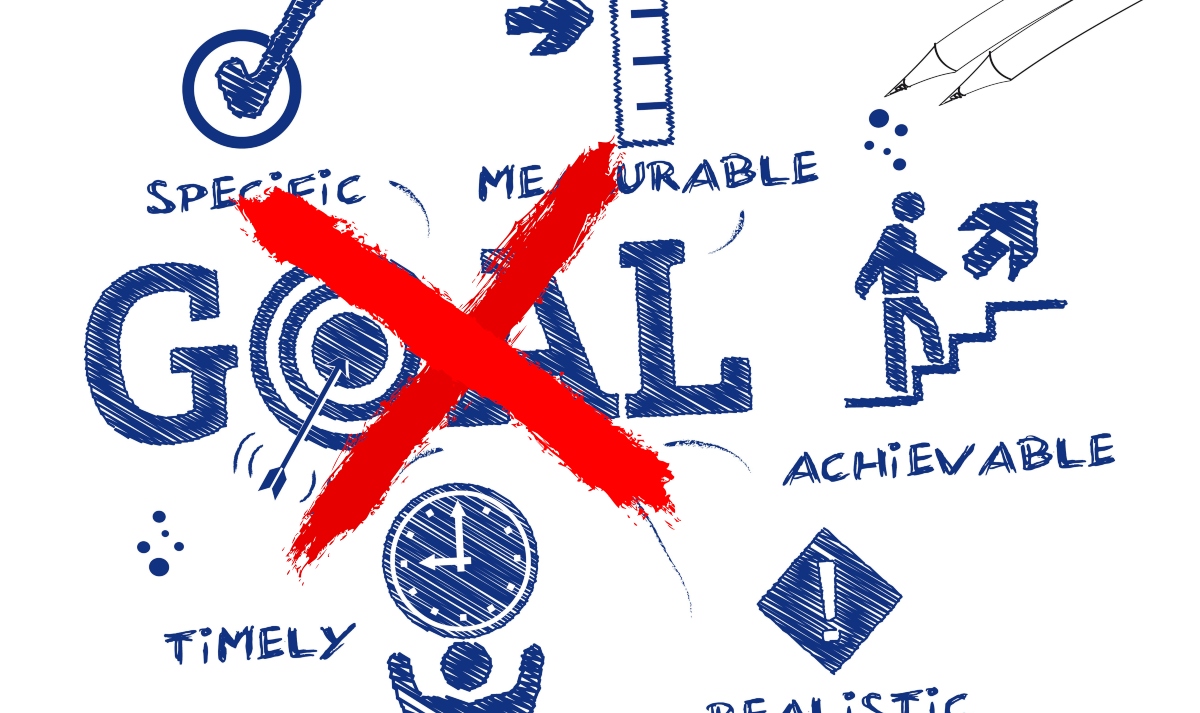
People don’t like rules, I get that. I posted the start of this blog series: The 10 Most Important Rules of Smart Marketing in the New Economy to a luke warm reception that showed me that:
1.) People do not feel they need Marketing (or more than they already have) and;
2.) People don’t want to read anything that isn’t fun or intriguing.
I’m with you there, really I am. I am hoping as word gets out, people will start with our first blog and read through the series, then pass it on to friends and coworkers as they realize the message is both important and informative. Besides, who couldn’t benefit from an increase in business?
Let’s continue our series with rules 2 and 3:
Rule 2: Develop attention getting messages
How to Create a Powerful Marketing Message to Fill and Create more Demand
Your marketing message must tell your audience what you do, but also persuade them that you’re the best at what you do. Your message needs to be an attention grabber, followed by reasons your target audience would want, need, and benefit from your product/service, and a way for them to contact you. Two types of marketing messages should be developed. One message should be short and to the point – think of it as your “audio logo.” It’s is your response to someone who asks you, “So, what do you do?” The second type is a more complete marketing message that will be included in all your marketing materials and promotions. To make your message compelling and persuasive, it should include the following elements:
- Understand your target markets problems
- Explanation of why you are the best business to solve your target’s problem
- Explanation of the benefits your target will receive from your solution
- Case studies and example/testimonials of other satisfied customers with similar problems solved
- Highlight your unconditional guarantee, unique process, price and financing options
The following are all topics you should explore when developing your customer message:
Cost Advantages that allow a business to produce its services for less money than its competitors.
- Most advantages today revolve around cost. Best perceived price wins.
- For the next 10 years, cost advantage will be gained through know-how and experience that is applied through the use of constant process and technology improvement.
Branding advantages are based on product/service or design differentiation, superior technology and logo tagline recognition.
- If your client’s associate superior value with your product/service they will be more likely to remain loyal.
- Customer captivity is created through association of a great experience with great value.
- Most advantages are based on effective research and customer satisfaction processes.
Productivity allows you to reduce cost, and shorten completion or delivery time.
- By achieving a lower cost, you can increase sales and grow market share.
- Faster completion time increases your competitive advantage and profit.
Knowledgeable Friendly Workers develop new ideas & create great relationships.
- Based on databases of knowledge, new research and networking improve ideas.
- Viewing knowledge work as a process.
- Most advantages here come from technology, outsourcing and creative brain-power.
- Employees trained to treat customers in ways that make them come back and make referrals.
Rule 3: Select the best marketing channels
Once you have developed a great brand, it is time to spread the word about your company and its products/services. With the wide variety of advertising options, it’s not easy to reach your market because of the cost. The key is to send the right message using the best channel so that you reach your target audience in a budget you can afford. You want them to have a positive reaction to your marketing message and thus feel compelled to contact you.
The avenues for advertising your message vary in both cost and market range. Some may only reach a few people, but there is a minimal cost associated with it. Other avenues may have an extensive reach, but are quite costly. Completing a list of your options and costs will help you disperse your advertising dollars in a productive manner. Remember you will measure the result which proves which channels are the best.
Another consideration is how often you want the promotional message to reach the audience. This is particularly important when making decisions regarding market or segment timing.
Here are some tools you have at your disposal to get your message out:
| Website/Internet Marketing | Call Center/Cold Calls/Surveys |
| Social Media | Television Ads |
| Blogging | Postcards/Direct Mail |
| Whitepapers | Radio Ads |
| E-Books | Billboards |
| Magazine Ads | |
| Tradeshows | Banners |
| Media Releases | Sales Letters |
| Unique Business Cards | Brochures |
| Referral Programs | Window Display |
| Strategic Alliances | Flyers |
| Seminars | Door Hangers |
| Charity Events | Gift Certificates |
| Book Publishing | Catalogs |
| Word-of-Mouth System | Distribution Channels |
| Signs/Vehicle Wraps |
Newspaper Ads |
| Newsletters | Magazine Articles |
Although the left column leans toward more Modern Marketing Methods and the right column tends to focus on more Traditional Marketing Methods, there is a tremendous benefit from combining the two methods and finding out which work best for your business.
What are you finding to be the most effective strategies for you? I want to hear how you are doing, please let me know in the comments below. Feel free to contact us here if you have questions or want to learn more or call me directly at 989-791-2475 Ext. 13.



